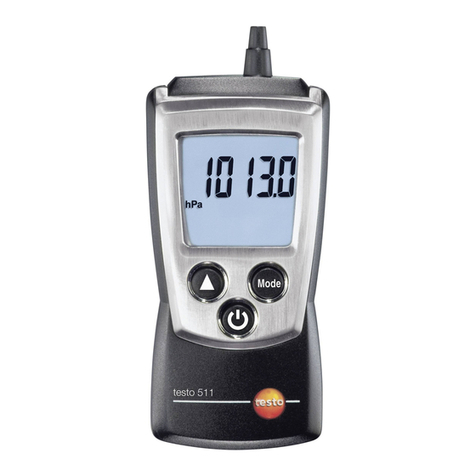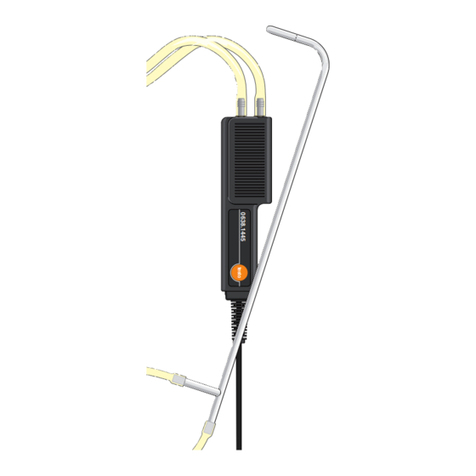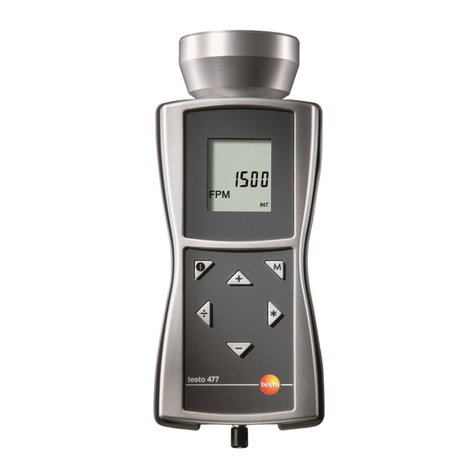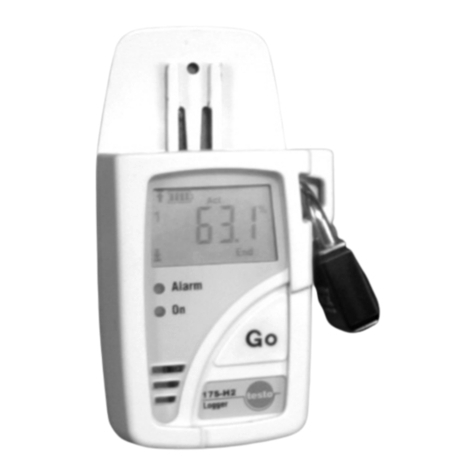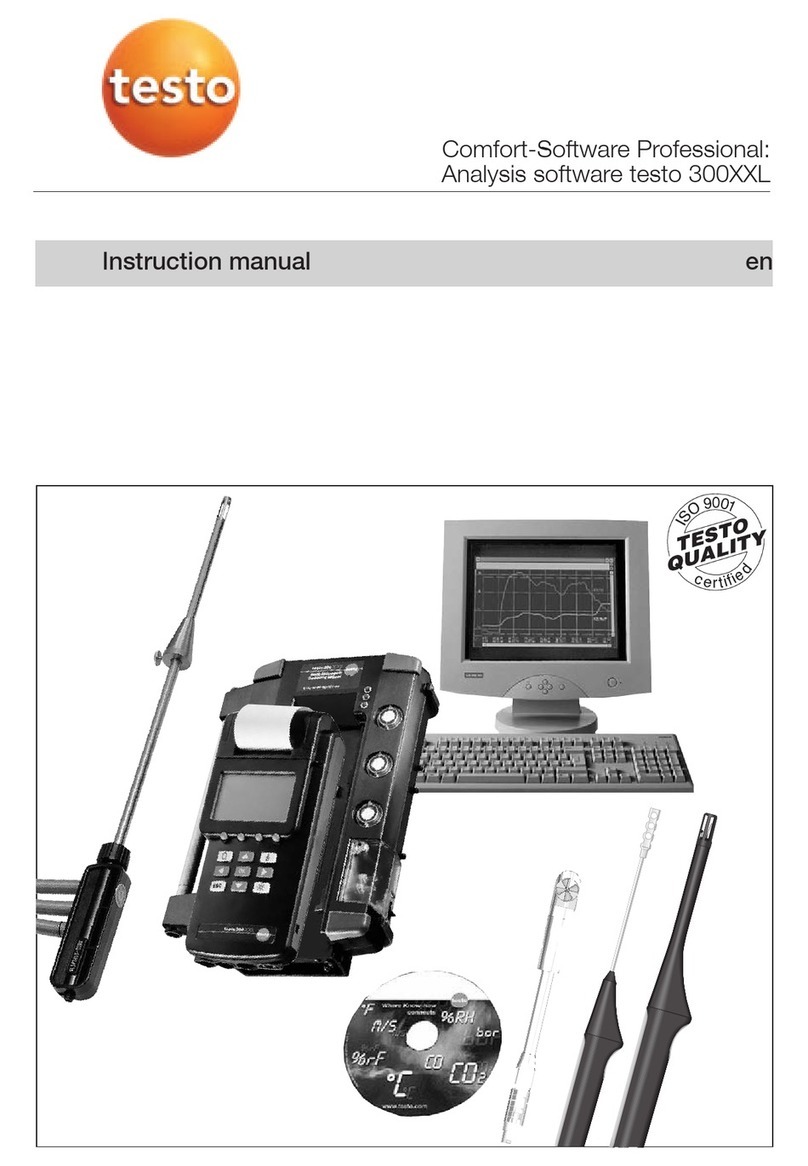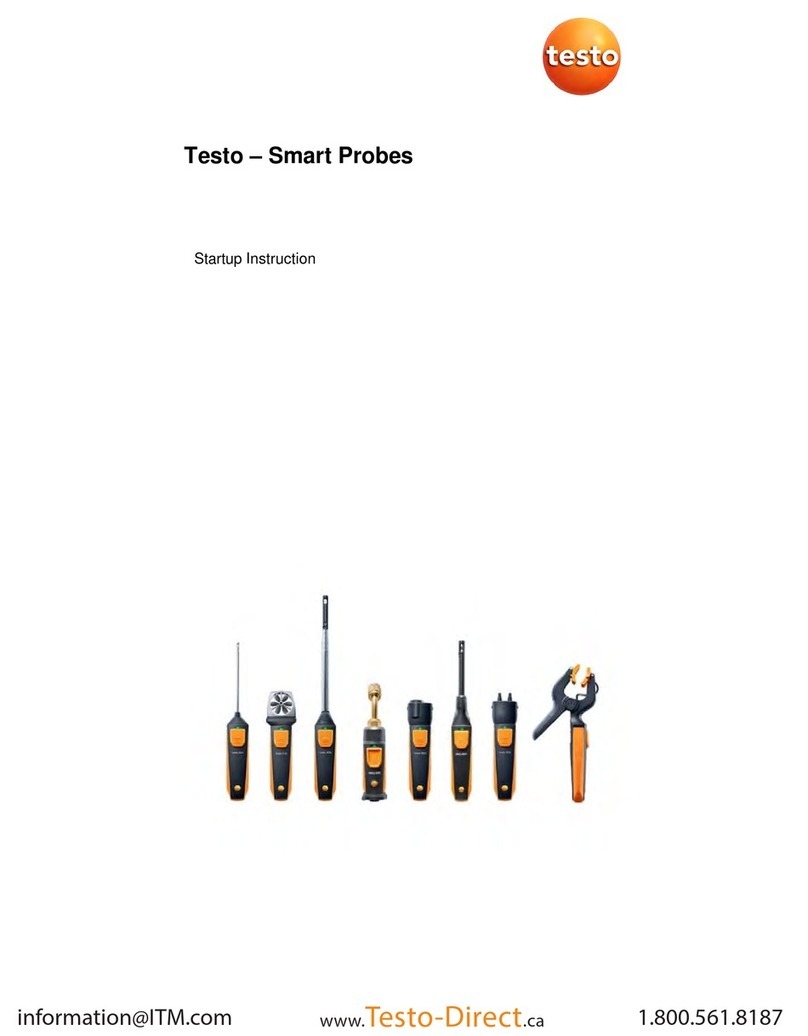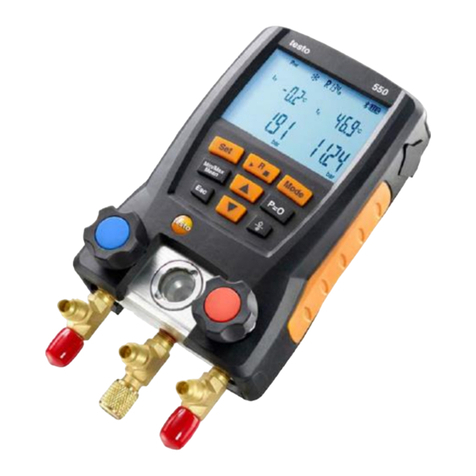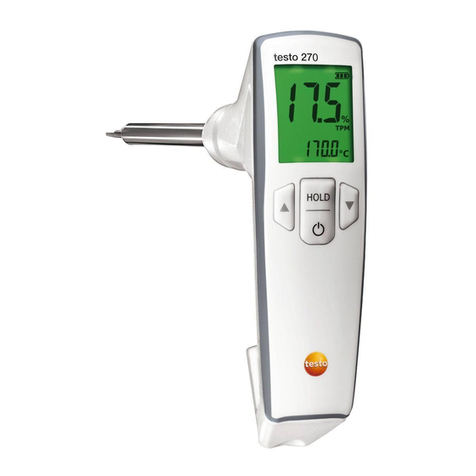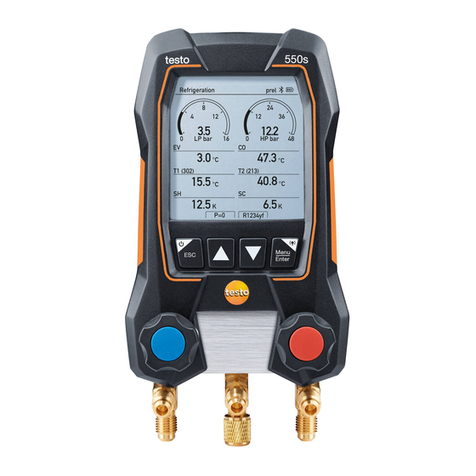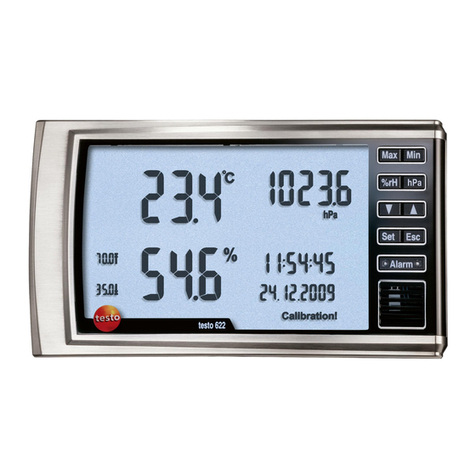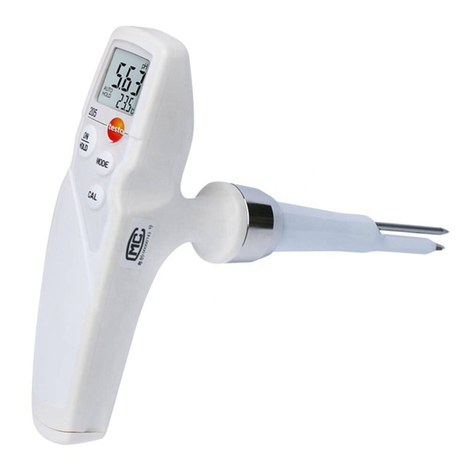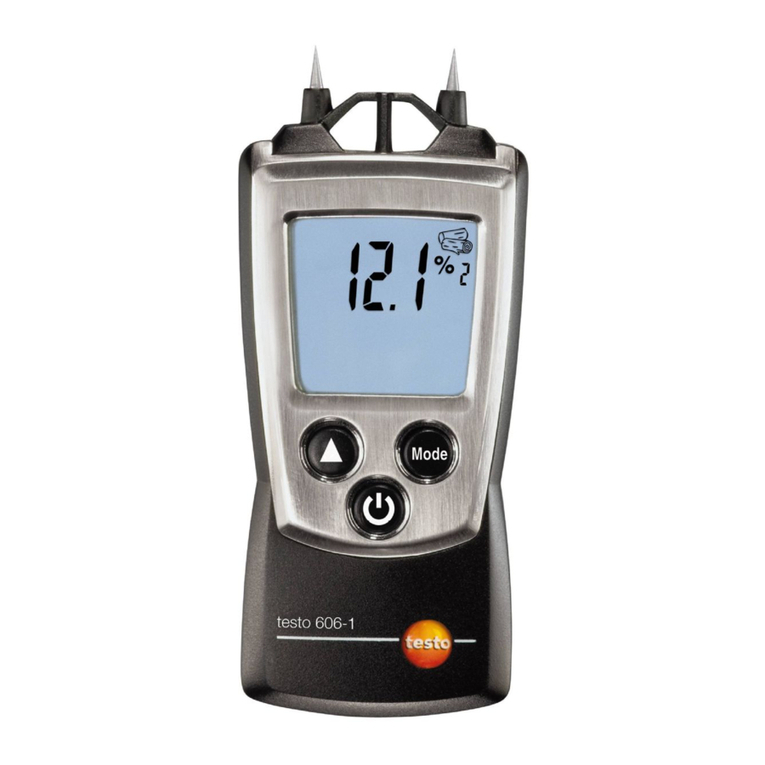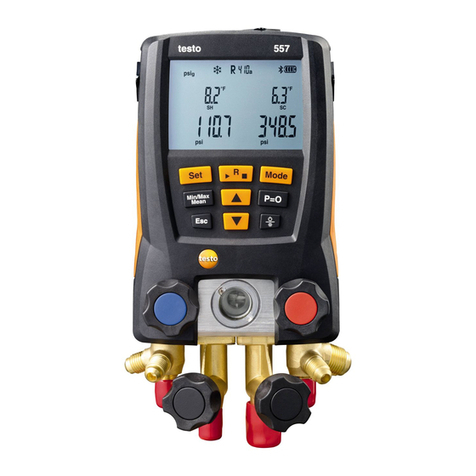
2 Safety and the environment
6
Pos: 13 /TD/Sicherhei t und Umwelt/Zu diesem Doku ment/Symbole und Schr eibkonventionen/S chreibkonv. [OK] @ 2\ mod_1207655489218_79. docx @ 14506 @ @ 1
[OK] Control keys of the instrument or buttons of the
program interface.
Pos: 14 /TD/Sicherhei t und Umwelt/Zu diesem Doku ment/Symbole und Schr eibkonventionen/S chreibkonv. Funktione n/Pfade (...| ...) @ 2\mod_1207655781390 _79.docx @ 14524 @ @ 1
... | ... Functions/paths within a menu.
Pos: 15 /TD/Sicherhei t und Umwelt/Zu diesem Doku ment/Symbole und Schr eibkonventionen/S chreibkonv. Beispie langaben ("...") @ 2\mod_1207656016281_79. docx @ 14542 @ @ 1
“...” Example entries
Pos: 16 /TD/Überschr iften/2.2 Sicher heit gewährleisten @ 0\mod_117 3780783960_79.doc x @ 366 @ 2 @ 1
2.2. Ensure safety
Pos: 17 /TD/Sicherhei t und Umwelt/Sicherhei t gewährleisten/Pr odukt bestimmungsge mäß verwenden @ 0\mod_11737812 61848_79.docx @ 386 @ @ 1
> Only operate the product properly, for its intended purpose and
within the parameters specified in the technical data. Do not
use any force.
Pos: 18 /TD/Sicher heit und Umwelt/Sic herheit gewährleis ten/Gerät bei Besc hädigungen nicht i n Betrieb nehmen @ 0\mod_1 186985945375_79.doc x @ 2252 @ @ 1
> Do not operate the instrument if there are signs of damage at
the housing, mains unit or feed lines.
Pos: 19 /TD/Sicherhei t und Umwelt/Sicherhei t gewährleisten/ vor Ort gültige Sicher heitsbestimmungen beac hten @ 0\mod_118699710732 8_79.docx @ 2298 @ @ 1
> The objects to be measured or the measurement environment
may also pose risks: Note the safety regulations valid in your
area when performing the measurements.
Pos: 20 /TD/Sicherhei t und Umwelt/Sicherhei t gewährleisten/Te mperaturangaben auf Son den/Fühlern @ 0\mod_11756 93293070_79.doc x @ 610 @ @1
> Temperatures given on probes/sensors relate only to the
measuring range of the sensors. Do not expose handles and
feed lines to any temperatures in excess of 70 °C unless they
are expressly permitted for higher temperatures.
Pos: 21 /TD/Sicherhei t und Umwelt/Sicherhei t gewährleisten/K eine Messung an spannungsfü hrenden Teilen @ 0\mod_ 1175692564164_79. docx@ 592@ @ 1
> Do not perform contact measurements on non-insulated, live
parts.
Pos: 22 /TD/Sicherhei t und Umwelt/Sicherhei t gewährleisten/tes to 270/Transport und La gerung @ 2\mod_120669688 0578_79.docx @ 13401 @ @ 1
> Transport and store the instrument exclusively in the aluminium
case provided in order to avoid damage to the sensor.
Pos: 23 /TD/Sicher heit und Umwelt/Sic herheit gewährleis ten/Nicht mit Lösung smitteln lagern @ 0\mod_1175692375179_79. docx @ 583 @ @ 1
> Do not store the product together with solvents. Do not use any
desiccants.
Pos: 24 /TD/Sicherhei t und Umwelt/Sicherhei t gewährleisten/Nur be schriebene War tungsarbeiten durchführ en @ 0\mod_117569270519 5_79.docx @ 601 @ @ 1
> Carry out only the maintenance and repair work on this
instrument that is described in the documentation. Follow the
prescribed steps exactly. Use only original spare parts from
Testo.
Pos: 25 /TD/Überschr iften/2.3 Umwelt schüt zen @ 0\mod_1173780843645 _79.docx @ 375 @ 2 @ 1
2.3. Protecting the environment
Pos: 26.1 /TD/Sicher heit und Umwelt/Umwelt sc hützen/Akkus/Bat terien entsorgen @ 0\mod _1175693637007_79.doc x @ 619 @ @ 1
> Dispose of faulty rechargeable batteries/spent batteries in
accordance with the valid legal specifications.
Pos: 26.2 /TD/Sic herheit und Umwelt/ Umwelt schützen/Pr odukt entsorgen @ 0\ mod_1173780307072_79. docx @ 357 @ @ 1
> At the end of its useful life, send the product to the separate
collection for electric and electronic devices (observe local
regulations) or return the product to Testo for disposal.














